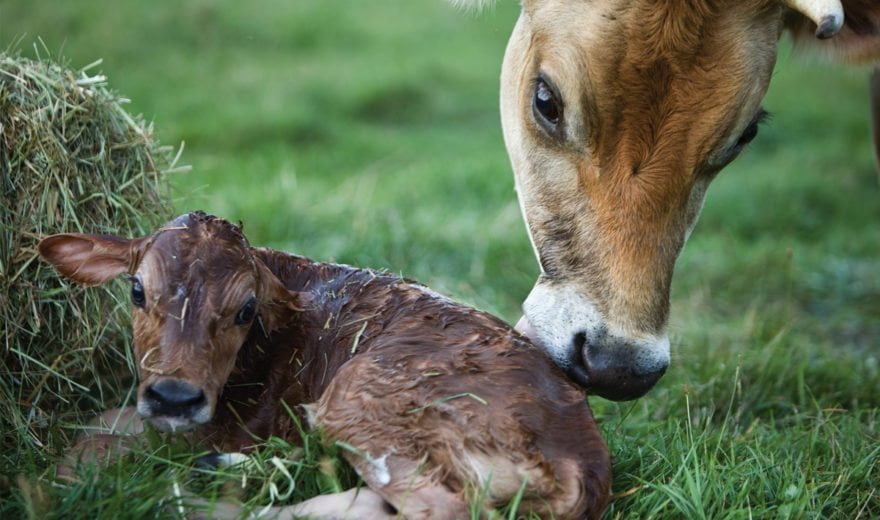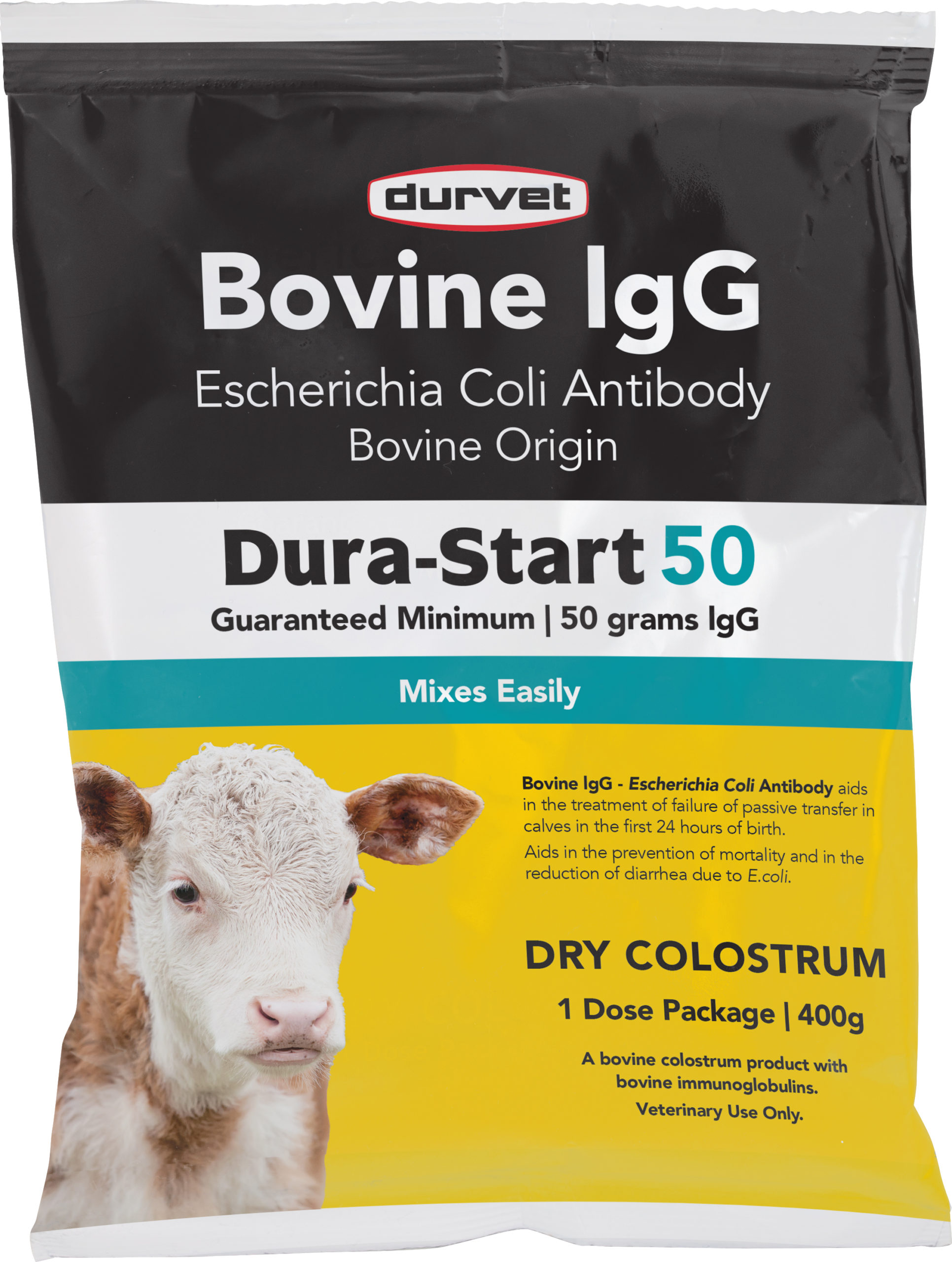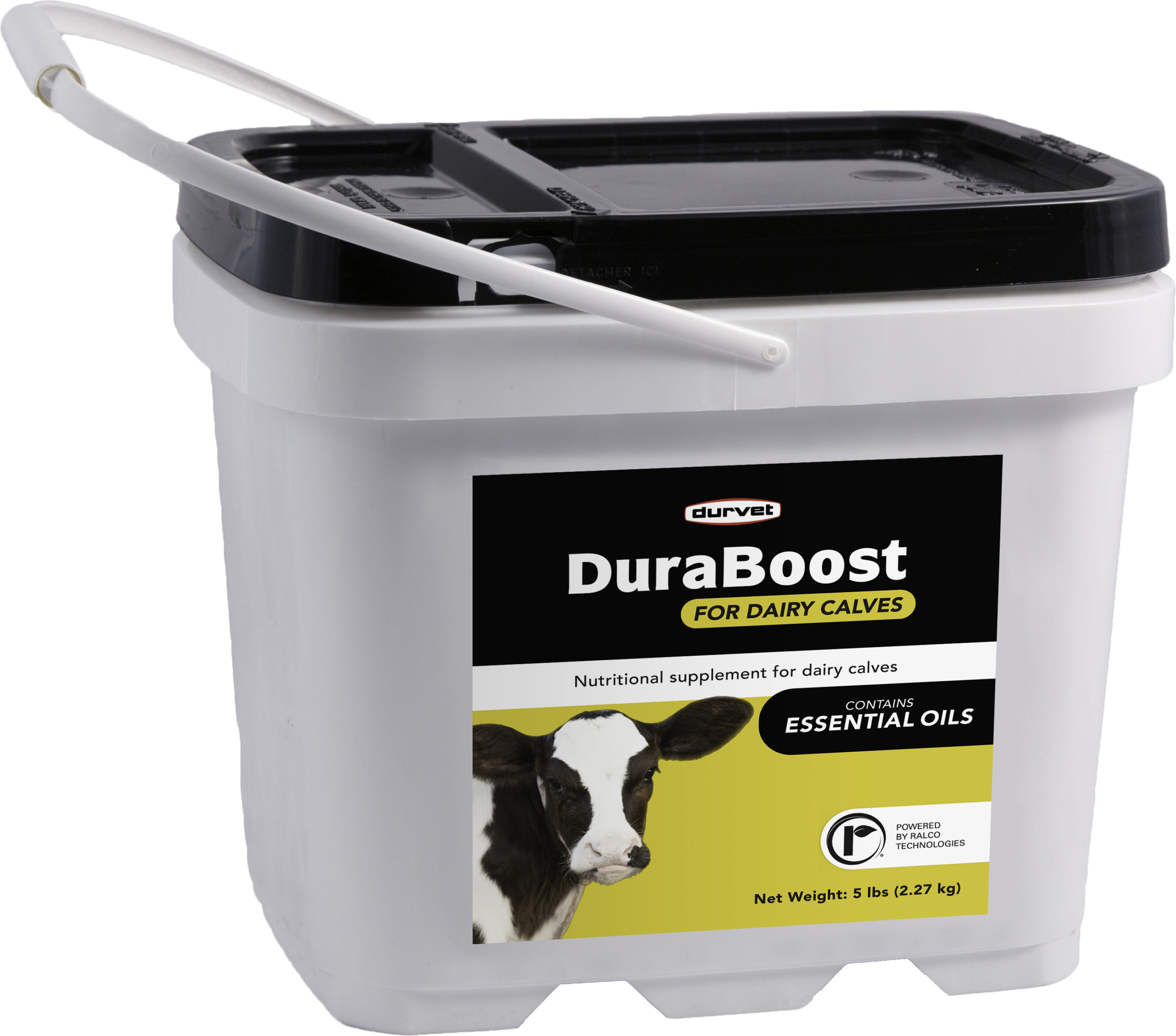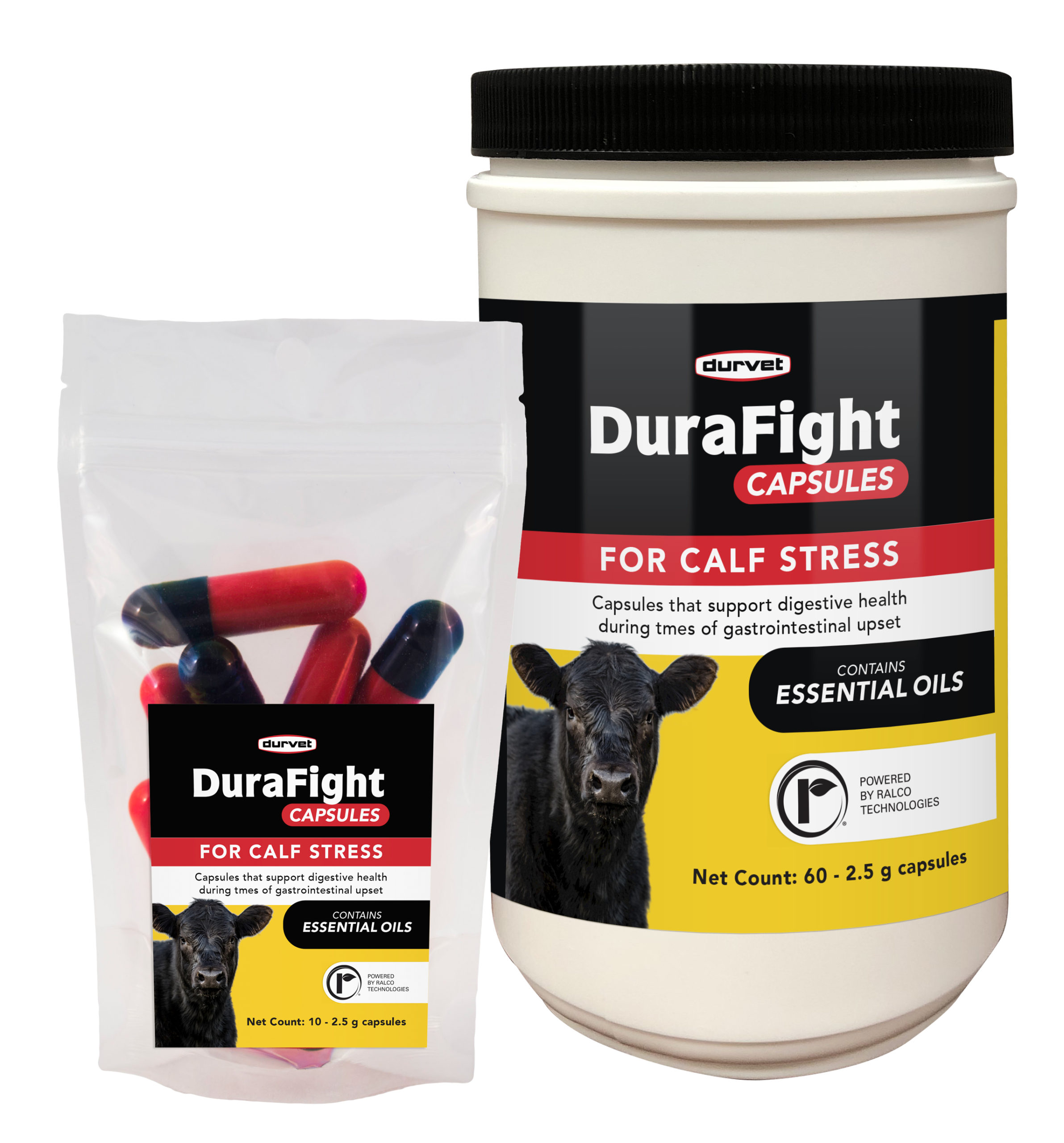
Weather, temperature, herd health conception rates, and managing inputs are all challenges that determine success, or failure, for every cow-calf operation. At times, all these factors seem to be working against the cattle rancher!
If they’ve been successful in getting cows bred, with the anticipation of a manageable calving period, we’ve already succeeded in half of the battle. In preparation of calves hitting the ground, there is one key fundamental piece to be knowledgeable about that is paramount when it comes to getting calves started off on the right foot - Colostrum. Whether a first calf heifer or an older cow, quality colostrum can be a ‘make or break’ element in a cow-calf operation.
Colostrum is not only a matter of life or death but also defines the growth, performance and immunity status of a calf for the rest of its life. Colostrum is a formulation of essential antibodies, nutrients, vitamins, minerals, fat, protein, and growth factors and often measured in terms of the immunoglobulin G (IgG) levels. IgG is the most present immunoglobulin found in bovine colostrum, and colostrum with high IgG levels are important to help protect a young calf with passive immunity until the calves own immune system is fully developed.
Timing is another critical element when it comes to colostrum. A newborn calf needs quality colostrum in the first few hours of life, and the calf’s ability to absorb IgG’s is a one-time event that steadily diminishes after birth. Optimal IgG absorption into the calf’s bloodstream takes place between 0 – 24 hours after birth. By 24 hours after birth, closure of the calf’s gut prevents IgG absorption into the bloodstream. Research suggests that a newborn calf should receive at least 100 grams of IgG, but ideally consume 150 to 200 IgGs.

For the first 10 to 14 days, providing prolonged colostrum supplementation can help support a positive start in life. While the IgGs are not absorbed, the colostrum still provides ingredients locally protecting against enteric viral infections, diarrhea-causing bacteria, and growth and healing benefits to intestinal tissue.
There are notable differences between colostrum products on the market. With IgG levels being very important, it is crucial to pay close attention to the IgG levels listed on the bag. Products that contain higher IgG levels (100+) also called colostrum replacers. Replacers take the place of maternal colostrum when there is no colostrum available. A where situation colostrum might suggest might be if a cow does not claim the calf or the calf misses the opportunity. Products with lower IgG levels (<50) are categorized as colostrum supplements, designed to be used in situations for poor quality or low quantity colostrum. Supplements can be used in situations where the cow’s lactation history is unknown or the calf just has not received enough colostrum. The best practice is to prepare for any situation and to have at least one type of each product on hand during the calving season.
I’ve always said, you can never be too prepared. The biology of the universe is a wonderful thing, but sometimes even Mother Nature needs a little help!
References: Penn State Extension, University of Nebraska-Lincoln, ImuTek

 BACK TO MAIN BLOG
BACK TO MAIN BLOG 




Comment